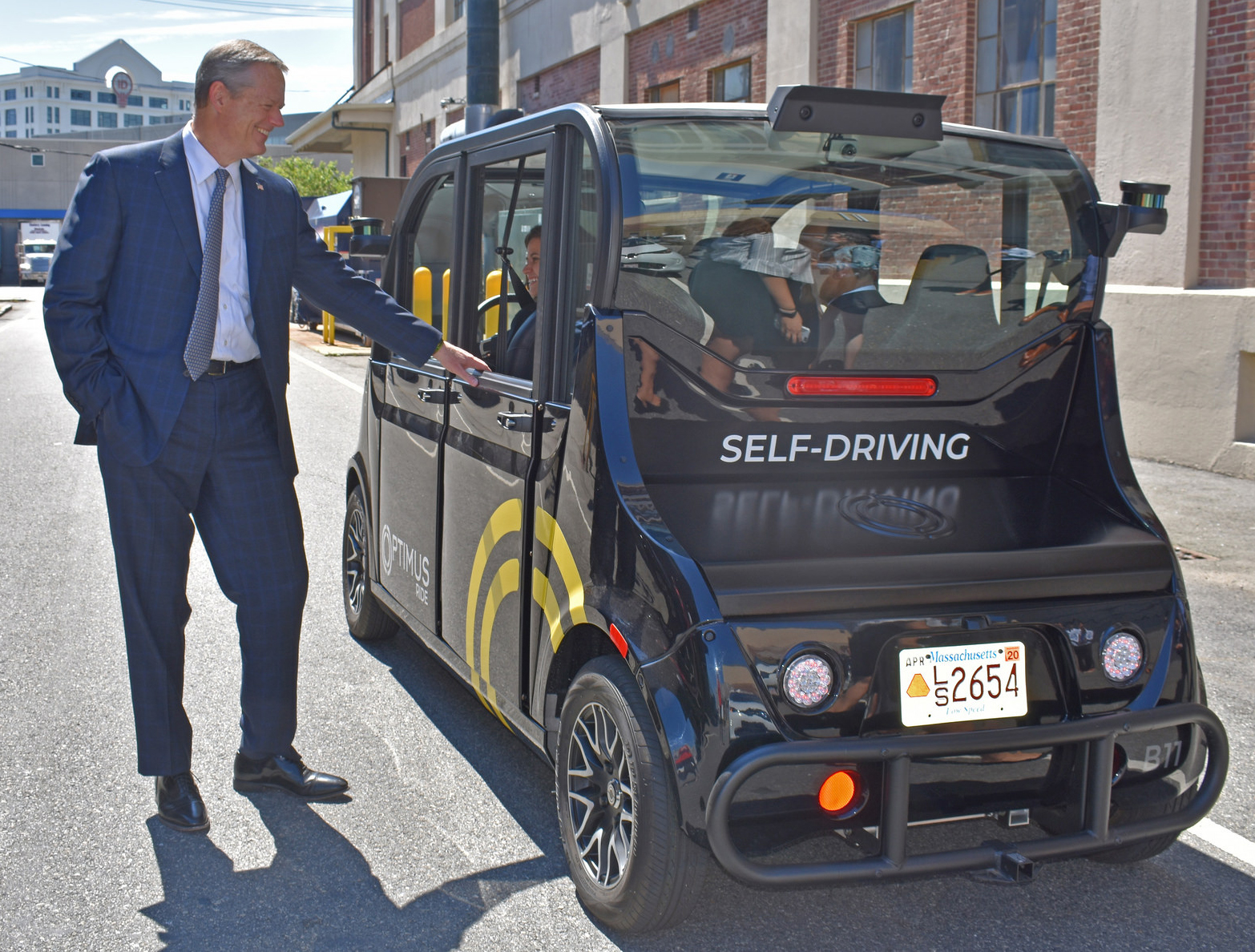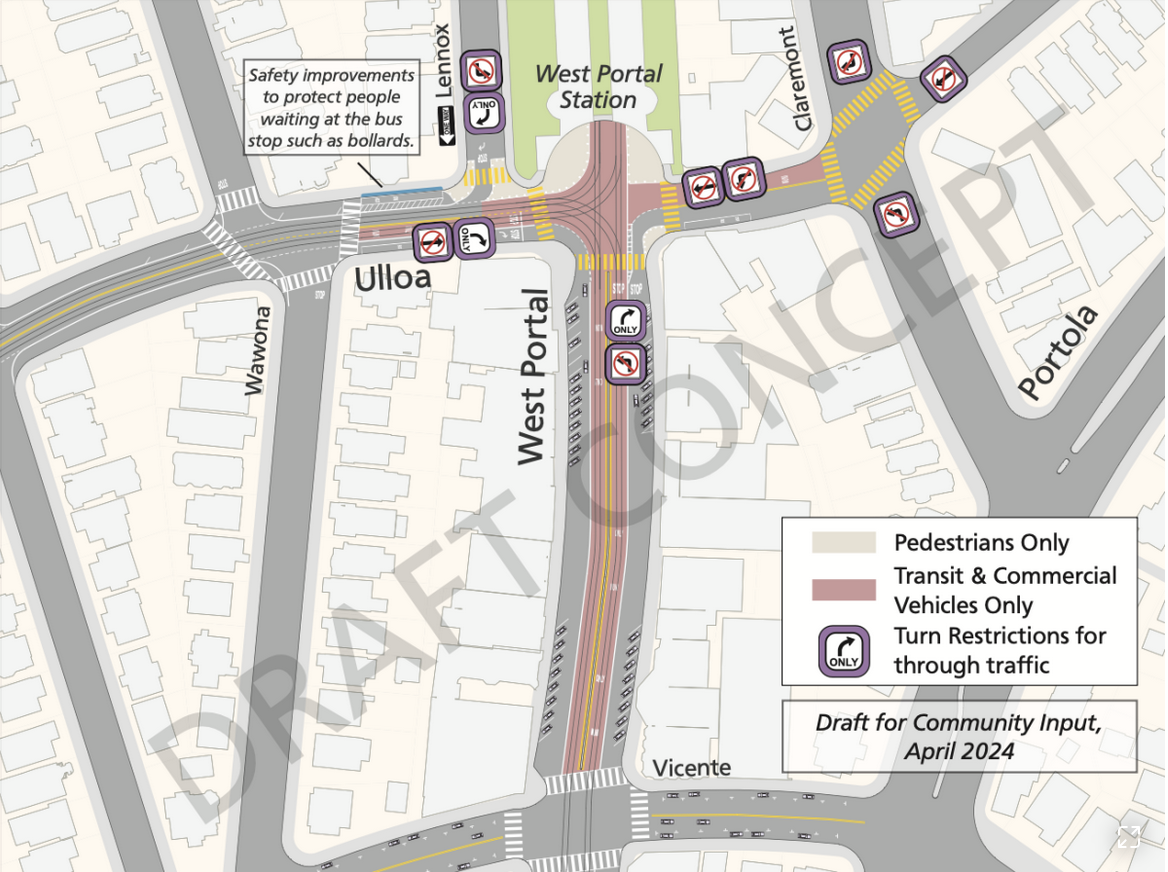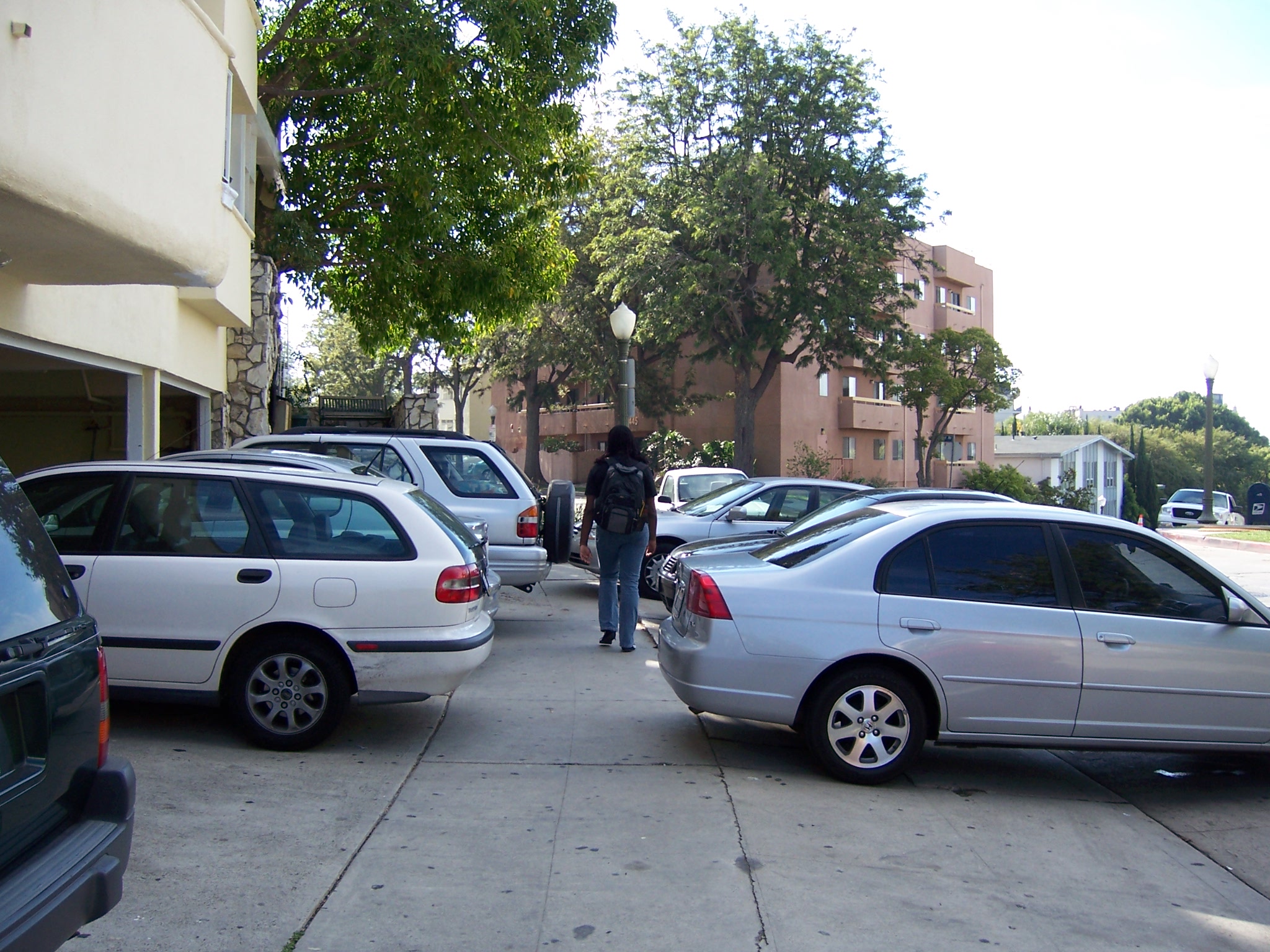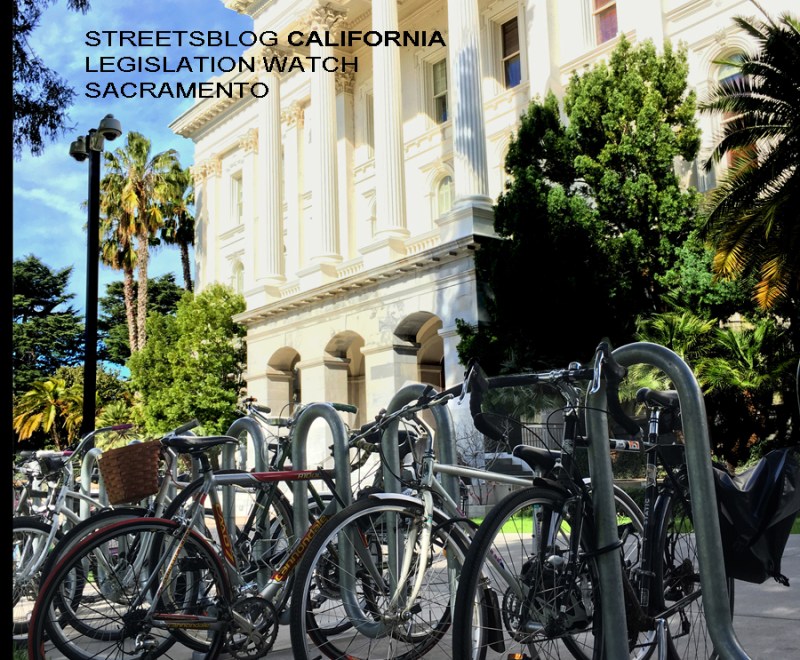Note: GJEL Accident Attorneys regularly sponsors coverage on Streetsblog San Francisco and Streetsblog California. Unless noted in the story, GJEL Accident Attorneys is not consulted for the content or editorial direction of the sponsored content.
Autonomous vehicles will either help solve current transportation problems or make them worse. In the happy scenario, people will be safer as well as free from the stress of traffic congestion. But the opposite could also happen: giving people access to cars they don't have to drive could amplify every transportation problem we now have. People would spend ever-increasing time in traffic, traveling farther than ever, and congestion would be everywhere; pollution, air quality, and greenhouse gas emissions would worsen; and people who can't afford the new technology would, as always, bear the burdens without enjoying any of the benefits.
Autonomous vehicles are being tested in a few places, including the Bay Area, but even the head of Waymo is not claiming that the technology will be ready for widespread adoption any time soon. So now is the perfect time for policy makers to get ahead of the conversation and think about what kind of future we want, rather than leave the question to investors focused on making the most money possible.
To that end, the Governor's Office of Planning and Research (OPR) just released a set of principles to guide California towards the “happy” end of the spectrum of possible outcomes. The principles are meant to be used by agencies, legislators, policy makers, business investors, and the public as they begin to consider the consequences of a completely new way of moving around.
They are largely based on work done at UC Davis, where the Institute of Transportation Studies has been bringing together academic, government, and industry leaders to brainstorm policies.
OPR says that following these principles could keep public costs low, reduce emissions and energy use, and improve transportation equity.
For autonomous vehicles to be in alignment with the public interest as well as state environmental and community goals, they need to be:
- shared, not privately owned
- pooled, keeping a lid on the number of wasteful, single-occupant trips
- low-emission vehicles, preferably zero-emission
- used to support high-capacity transit rather than compete with it
- used to replace low-capacity transit with right-sized vehicles
- deployed in a way that makes other travelers, like pedestrians and bicyclists, be and feel safer on the street
- used efficiently for freight, ensuring that they don't increase overall vehicle travel
Other considerations are that AV rules, technology, and infrastructure need to support efficient land use, prioritize people rather than vehicles, and support everyone's health and access, especially low-income and disadvantaged communities.
These principles are neither new ideas nor detailed policy recommendations—they are just a beginning.
Sahar Shirazi, a policy planner who worked on the project when she was at OPR, said her team saw the need for planning ahead for AVs and formed a working group last year. The advent of a completely new transportation technology “gives us an opportunity to examine our overall mobility system, and think about how we can do better,” she told Streetsblog.
It's a rare opportunity, too; many of the major technological disruptions to the transportation system—from the advent of the car to the coming of ride-share to the introduction of shared e-scooters—have happened quickly, and planners have had to catch up to technology. In this case, there is still some time to plan for unintended consequences.
“Three years ago, everyone thought AVs were going to solve all our problems,” Shirazi said. “It was this shiny new technology with so many possibilities. But if you asked the question, 'What are you trying to achieve with this?' there was no answer.”
“These principles lay out what we're trying to achieve, and lets the tech figure out how to get there.”
Having state-level guidelines will help not only decision-making agencies align their rules with state goals, it will provide a framework for cities and regions as AVs begin to roll out beyond the core cities that are already working on these questions.
As of right now, there is little existing regulation. A federal bill containing minimal regulation could face a vote this week, and other states are tackling the issue on their own. The DMV has put out rules governing the limited driverless vehicle testing pilots currently allowed in California. The California Public Utilities Commission (CPUC), which is responsible for regulating AVs because of its traditional role regulating taxis, and then ride-share companies, has formulated regulations for testing autonomous vehicles—and parts of those regulations are already in conflict with these guidelines.
During the pilot phase, the CPUC will not allow driverless vehicles to give shared rides. “This is to prevent two parties unknown to each other from sharing the chartered vehicle without a driver present until the Commission and law enforcement can address how to ensure safety for all passengers in such a situation,” says the rule.
Safety is paramount, of course. But this rule just places a heavy-handed "no" on sharing rides, eliminating other potential ways to ensure passenger safety. It also puts the CPUC and law enforcement in the position of deciding how to keep passengers safe in a shared ride, rather than letting developers come up with ideas.
“It's still a little early for hard-core regulations,” said Shirazi. “The technology is changing quickly, and there is a lot of opportunity for partnerships to work this out. It's less important when AVs are coming than to start working now to prepare for them.”
Shirazi sees general agreement already, even among the private sector players, on the OPR principles. “Shared use is a good business model,” she said. “AVs will be expensive, and fleets of driverless vehicles will be easier to operate. We're already moving towards the fleet model, and a little bit towards the all-electric model. Having these guidelines is especially important to keep us on track.”





